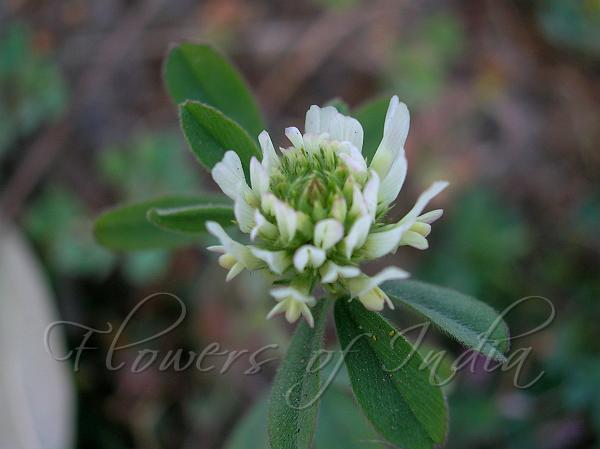|
| Egyptian Clover |
|

|

| File size | 682070 |
| Original date | 3/1/06 2:12 PM |
| Resolution | 2048 x 1536 |
| Flash | Flash did not fire, auto |
| Focal length | 8.0mm |
| Exposure time | 1/193s |
| Aperture | 3.2 |
| Focus Distance | |
| Metering Mode | Partial |
| Camera make | NIKON |
| Camera model | E3700 |
| Sensor type |
|
|
|
|
Photo: |
Botanical name: Trifolium alexandrinum Family: Fabaceae (Pea family)
Synonyms: Trifolium alexandrium
Synonyms: Trifolium alexandrium
Egyptian Clover is an annual clover cultivated mostly
as fodder crop, mainly for cattle. It is an important winter crop in
Egypt, where it may have been cultivated since ancient times, and was
introduced into northern India in the early nineteenth century. It is
also grown in the United States and Europe. The plant reaches 1-3.3 ft
tall with erect or rising up stems. Its stems are hollow, branching at
the base, with alternate leaves bearing 4-5 cm long x 2-3 cm broad
leaflets. Flowers are yellowish-white and form dense, elliptical
clustered heads about 2 cm in diameter. The flowers must be
cross-pollinated by honey bees to produce seeds. The fruit is a pod
containing one single white to purplish-red seed Berseem clover can
also be used as a cover crop suppressing weeds or as a green manure
crop providing nitrogen to following crops. As a green manure crop,
berseem is capable of providing nitrogen to following crops. Egyptian
Clover is Egypt to Pakistan, cultivated in India.
| Identification credit: Tabish, Nidhan Singh | Photographed in Mussoorie, Uttarakhand & Kaithal, Haryana. |
• Is this flower misidentified? If yes,